Conservation and Research
Conservation of species
The Haus des Meeres Aqua Terra Zoo is an educational institution that seeks to inspire its visitors to love and connect with biodiversity and raise its visitors' awareness of nature and species conservation. We support environmental education and awareness raising as well as breeding programmes all over the world.
Here's a small selection of specific conservation breeding projects:
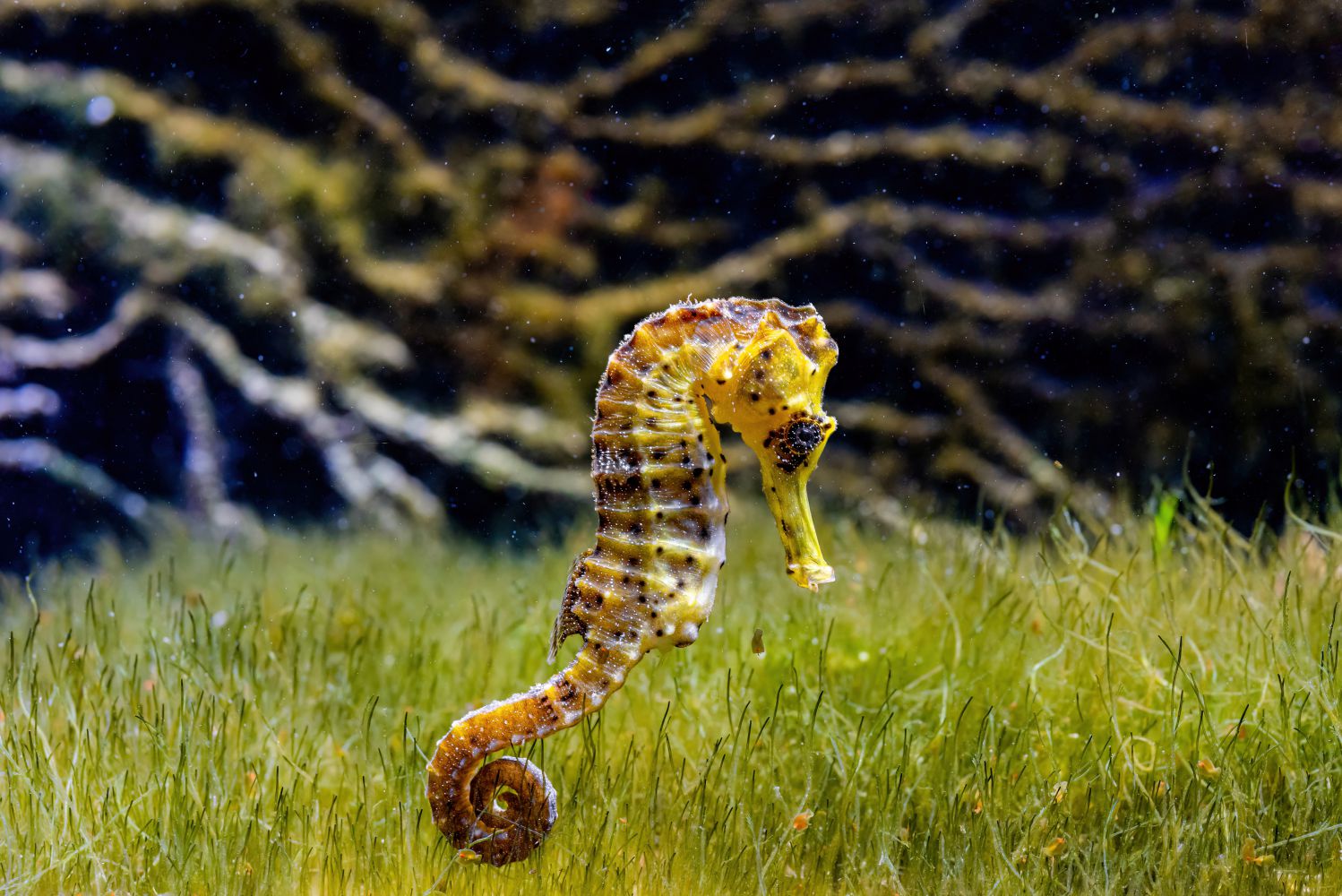
Longsnout seahorse Hippocampus reidi Ginsburg, 1933 (Syngnathidae)
The longsnout seahorse (or slender seahorse) is a friendly ambassador of the coastal habitats, the disappearing seagrass beds and seaweed forests, where it is found. It is considered at risk of becoming an endangered species (near threatened) as its populations have been declining for years. To protect the animals in the Caribbean Sea, we have been breeding seahorses at the Haus des Meeres since 2005.
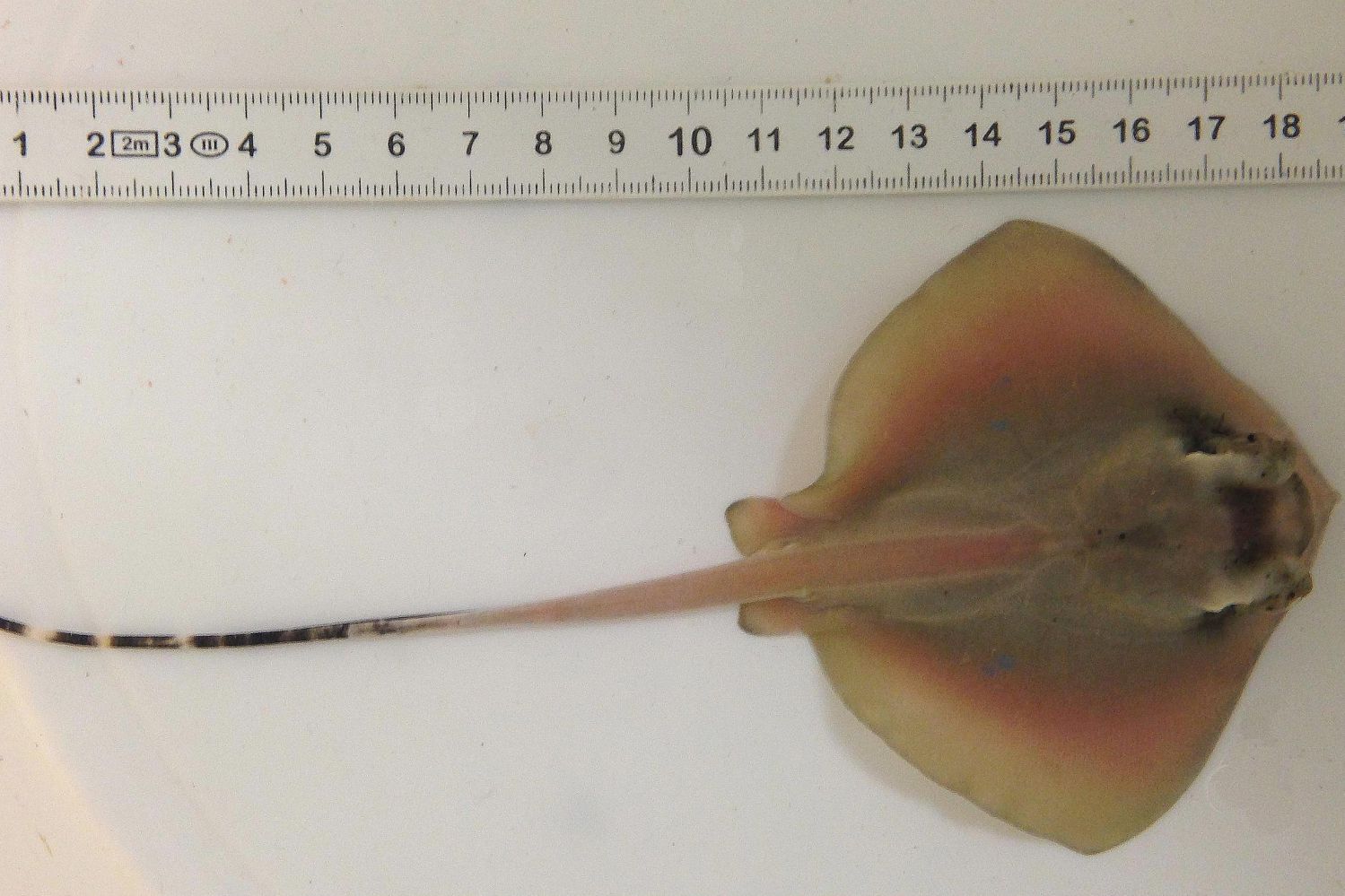
Oriental bluespotted maskray (Neotrygon orientalis, Last, White & Séret, 2016)
The oriental bluespotted maskray is found in sandy habitats of Southeast Asia adjacent to coral reefs, and reaches 40 cm in width. Due to their ease of care, the species is popular in ocean aquariums. This led the Haus des Meeres to coordinate a breeding programme for European public aquariums. The animals reach an age of 12 years and give birth to 1–3 young after a gestation period of 4.5 months.
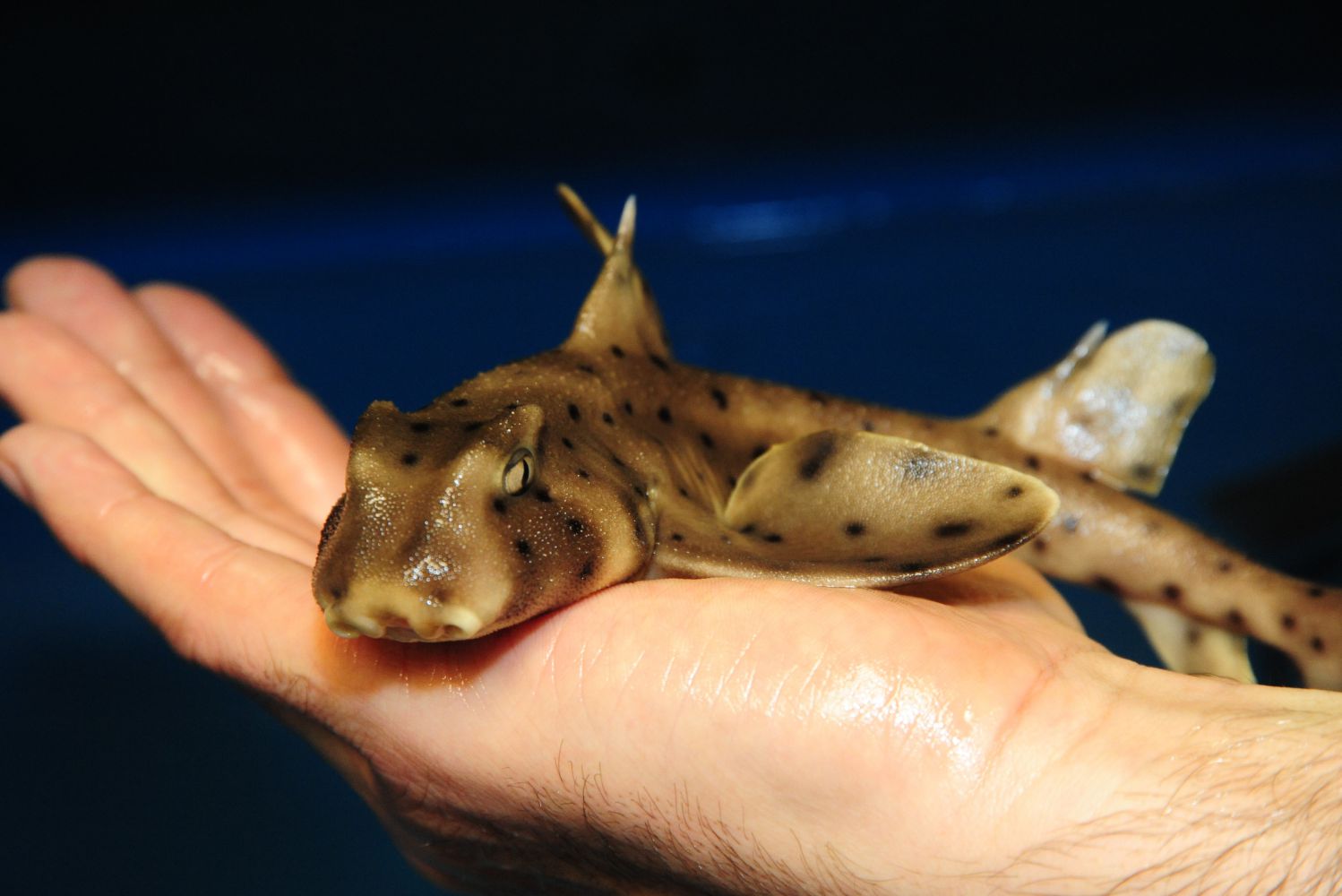
Horn shark (Heterodontus francisci, Girard, 1855)
With its peculiar bull-shaped profile, the small horn shark barely resembles the popular image of a shark. Being a sparsely researched inhabitant of the kelp forests in California, not much is known about its total population numbers. The Haus des Meeres is participating in a European breeding programme and expecting the first births.
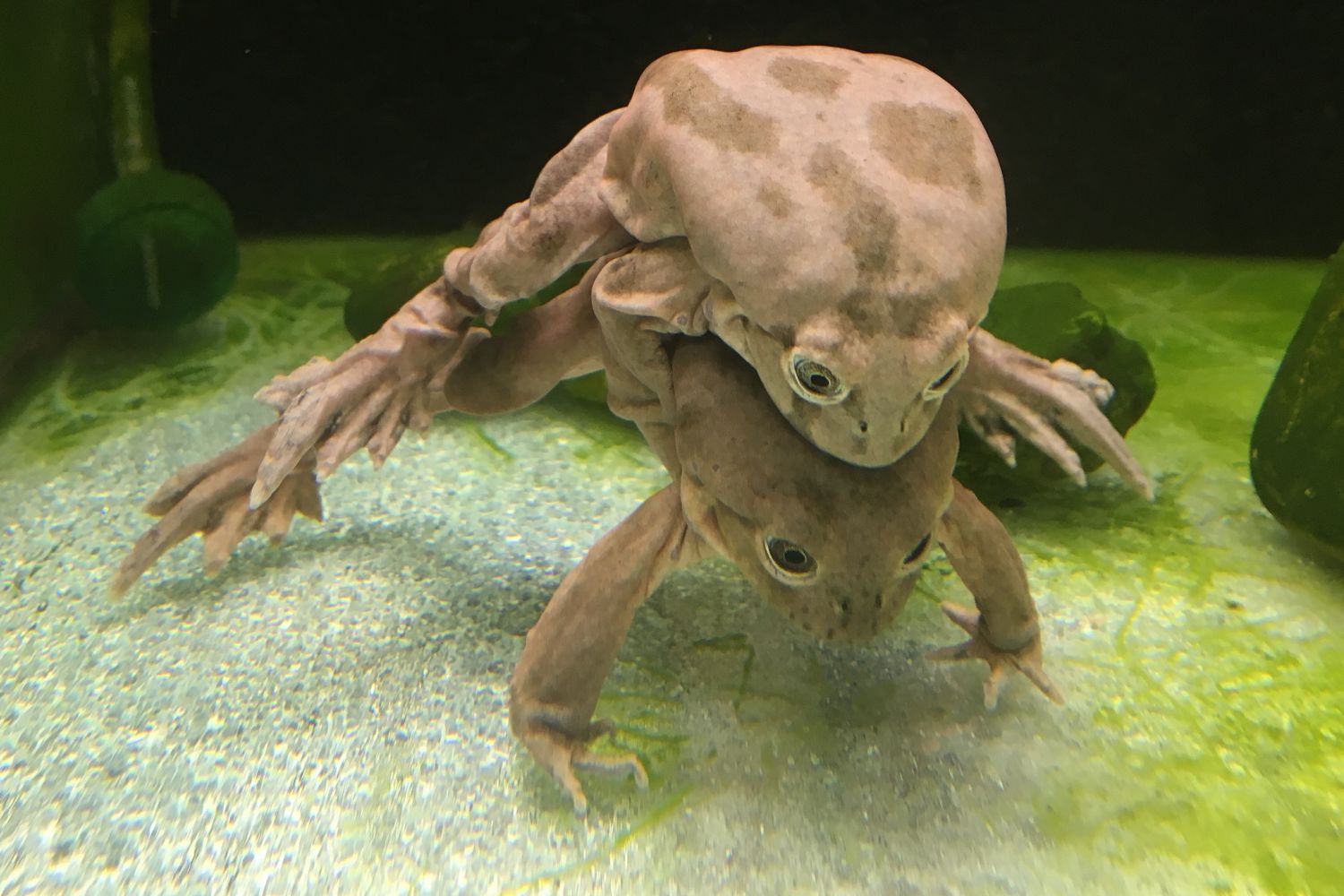
Titicaca-water frog (Telmatobius culeus)
A few years ago, in the course of a cooperation project among European zoos, offspring of this extraordinary frog was successfully reared. The frog, which is exclusively found in the Lake Titicaca basin in the Andes, is distinguished by its excessive skin folds. It uses its increased skin surface to extract more oxygen from the water, allowing it to live permanently submerged under the water surface and escape the, for the most part, inhospitable climatic conditions of its high-altitude habitat. At the Haus des Meeres it is now being successfully bred on a regular basis.
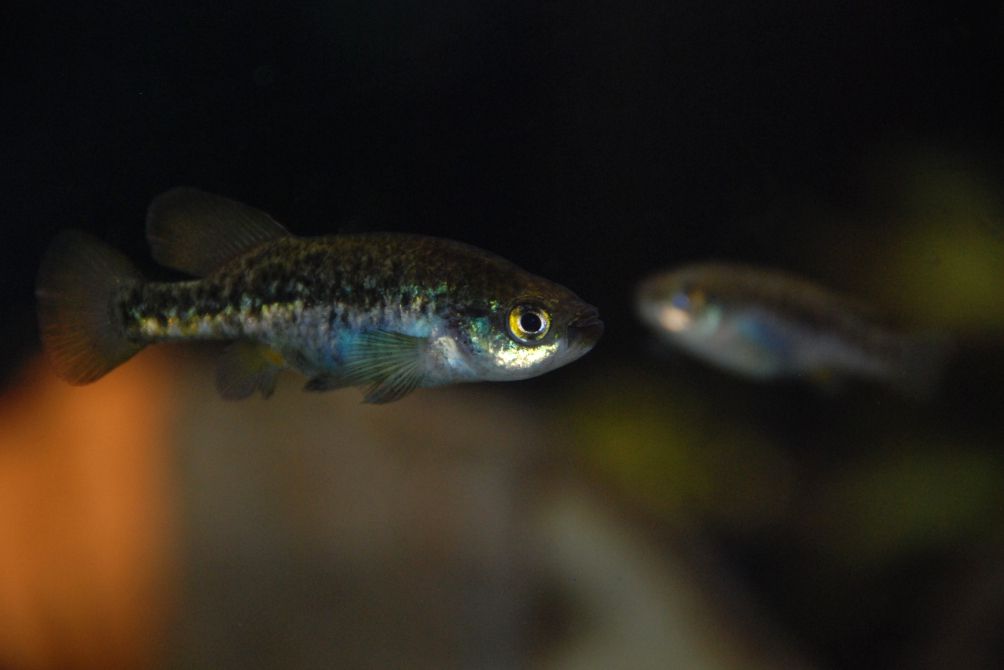
Goodeinae
The Haus des Meeres has been committed to keeping and breeding goodeinae (a subfamily of splitfins from Mexico) for many years. In a breeding facility comprising more than 100 aquariums, almost 60 different populations are kept, among them many species either at risk of extinction or critically endangered. Haus des Meeres experts coordinate an EEP (European Endangered Species Programme) within the European zoo community and cooperate with zoos and individuals in further conservation breeding projects.
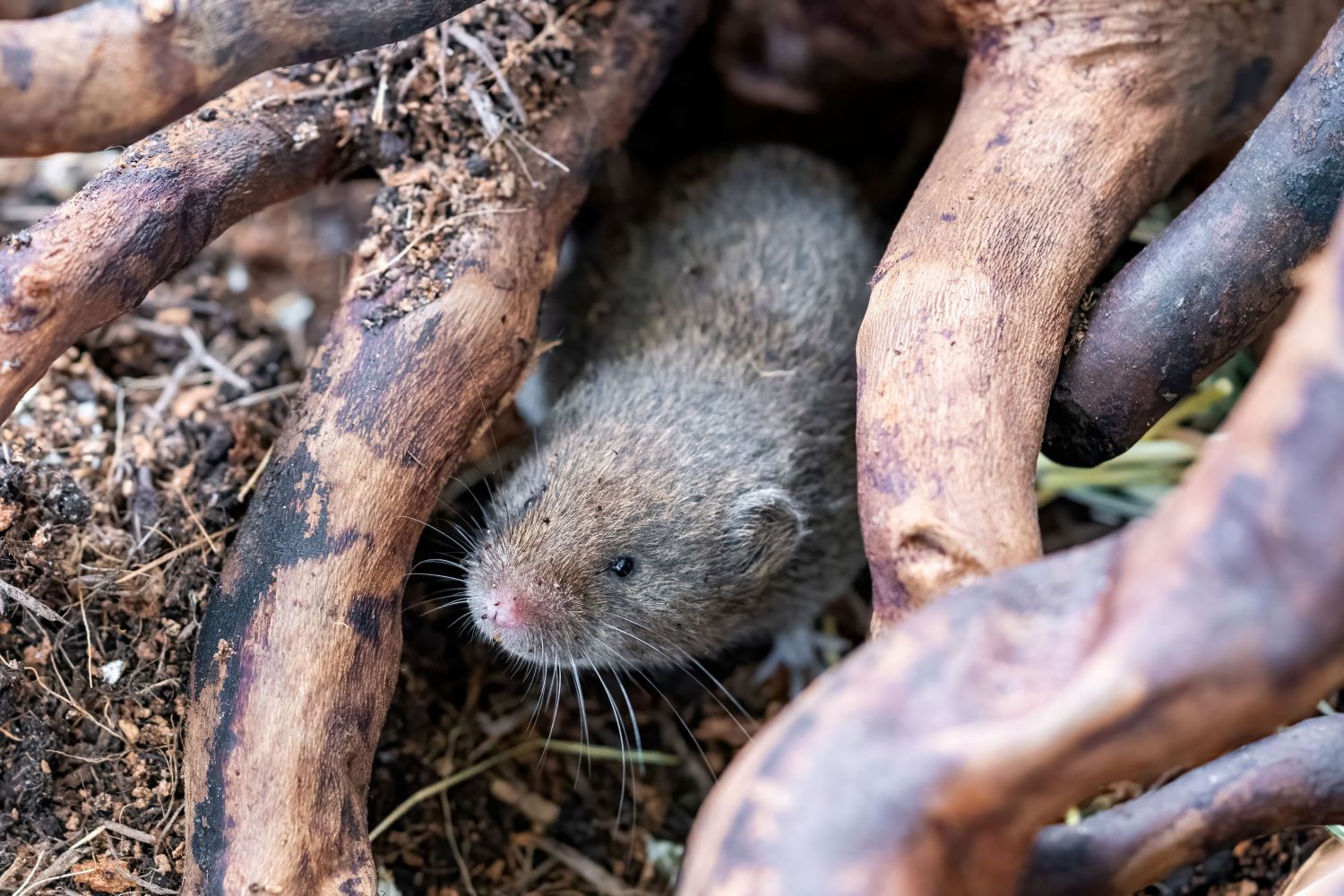
Bavarian Pine Vole (Microtus bavaricus)
The Bavarian Pine Vole (Microtus bavaricus) is a symbol of conservation and was already considered completely extinct! Discovered in 1962, it was officially declared extinct later that same year.
Scientists currently estimate that 150 species are lost every single day. Many species go extinct before we even discover them.
In an area not accessible to visitors, a pair of these rare mammals now resides. The first step is to establish a kind of “Noah’s Ark” while simultaneously protecting the vole's last known habitat and actively searching for additional potential habitats.
Animal species at the Haus des Meeres that are part of an international breeding project:
Blacktip reef shark (Carcharhinus melanopterus, Quoy & Gaimard, 1824)
Horn shark (Heterodontus francisci, Girard, 1855)
Zebra shark (Stegostoma tigrinum, Forster, 1781)
Nurse shark (Ginglymostoma cirratum, Bonnaterre, 1788)
Blackchin guitarfish (Glaucostegus cemiculus, Geoffroy Saint-Hilaire, 1817)
Bluespotted ribbontail ray (Taeniura lymma, Forsskål, 1775)
Oriental bluespotted maskray (Neotrygon orientalis, Last, White & Séret, 2016)
Cownose ray (Rhinoptera bonasus, Mitchill, 1815)
Malaysian giant turtle (Orlitia borneensis)
Giant Asian pond turtle (Heosemys grandis)
Spotted pond turtle (Geoclemys hamiltoni)
Giant girdled lizard (Smaug giganteus)
Rhinoceros iguana (Cyclura cornuta)
Chinese crocodile lizard (Shinisaurus crocodilurus)
Titicaca water frog (Telmatobius culeus)
Lake Patzcuaro salamander (Ambystoma dumerilii)
Goodeinae (Goodeinae, almost 40 species)
Ring-tailed lemur (Lemur catta)
Black lemur (Eulemur macaco)
Narrow-striped mongoose (Mungotictis decemlineata)
Cotton-top tamarin (Saguinus oedipus)
Goeldi's monkey (Callimico goeldii)
Silvery marmoset (Mico argentatus)
White-faced saki (Pithecia pithecia)
Woylie or brush-tailed bettong (Bettongia penicillata)
Research
Apart from conserving species, modern zoos attach great importance to research. And that is also the case with the Haus des Meeres Aqua Terra Zoo, which is determined to contribute to new scientific insights. A few examples:
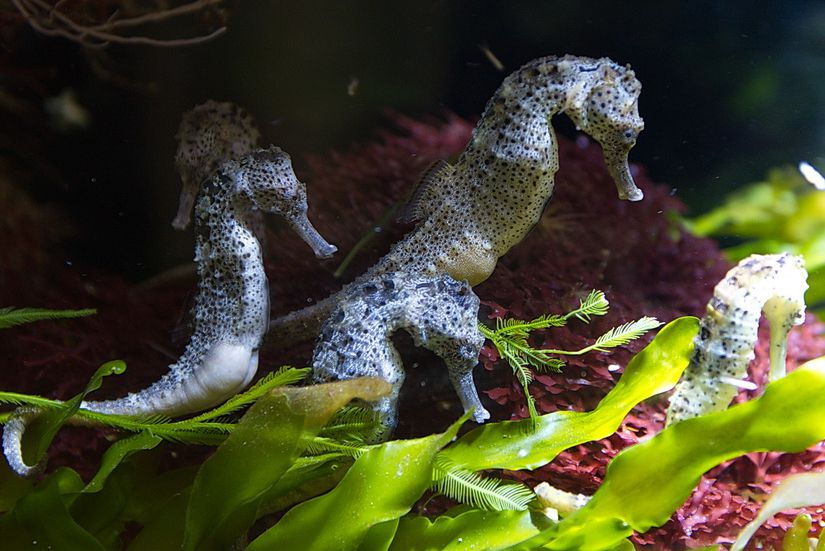
Sounds produced by the longsnout seahorse Hippocampus reidi
In cooperation with the University of Vienna and the University of Paraíba we were able to show that longsnout seahorses produce two distinct sound types. These differ in volume, frequency and in the context they are produced: 'Click' sounds are produced during feeding and courtship while 'growls' are produced when the animals are held against their will.
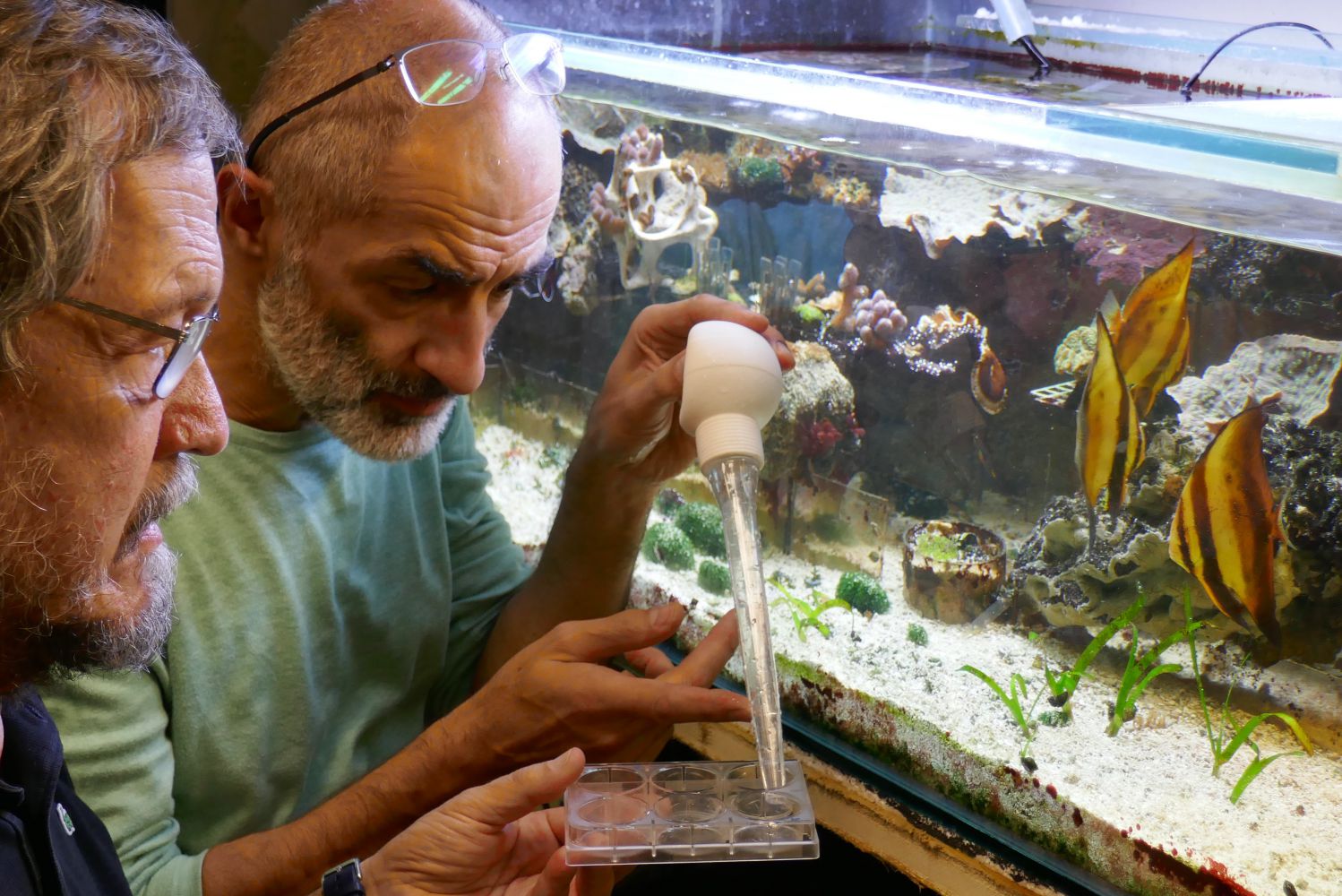
Heteromysis – Mysis shrimps as synanthropic species in ocean aquariums
Together with Univ.-Prof. Karl Wittmann we describe the global mysis shrimp population in ocean aquariums. Using samples obtained from three continents, we have meanwhile provided first descriptions of nine species of the genus Heteromysis, which has shown to be particularly good at establishing itself in artificial habitats. Its ancestors are thought to have arrived at the aquariums by means of transported coral rocks.
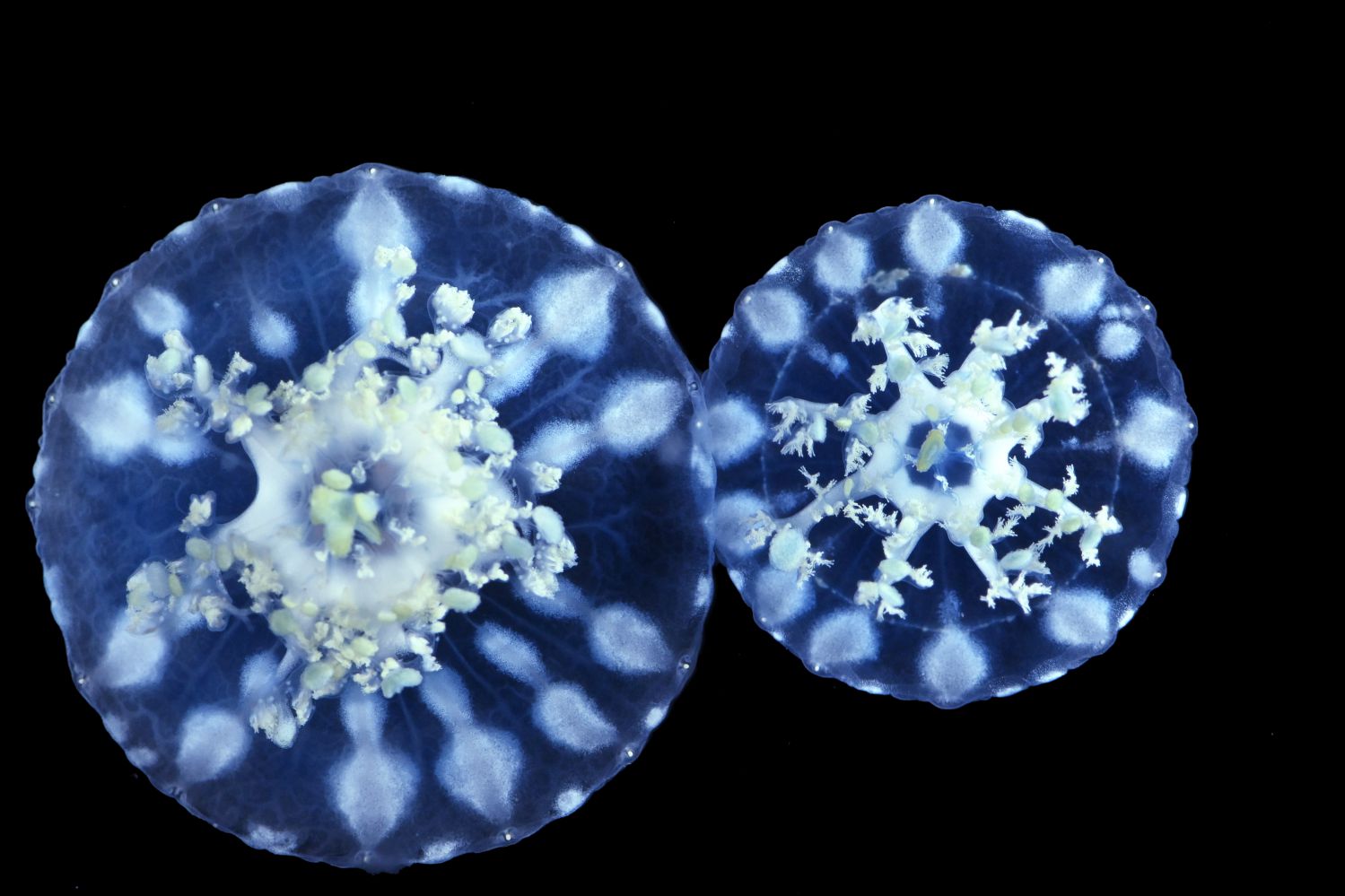
Representation of the nervous system during the different life stages of the upside-down jellyfish Cassiopea xamachana
When the upside-down jellyfish transforms throughout its life cycle, its nervous system changes too. Ms. Klara Amplatz of the Department of Evolutionary Biology at the University of Vienna has written a master's thesis describing the transformations of each of the nervous systems from an immunohistological point of view. The Haus des Meeres provides the life stages polyp, planuloid, strobila, ephyra and medusa.
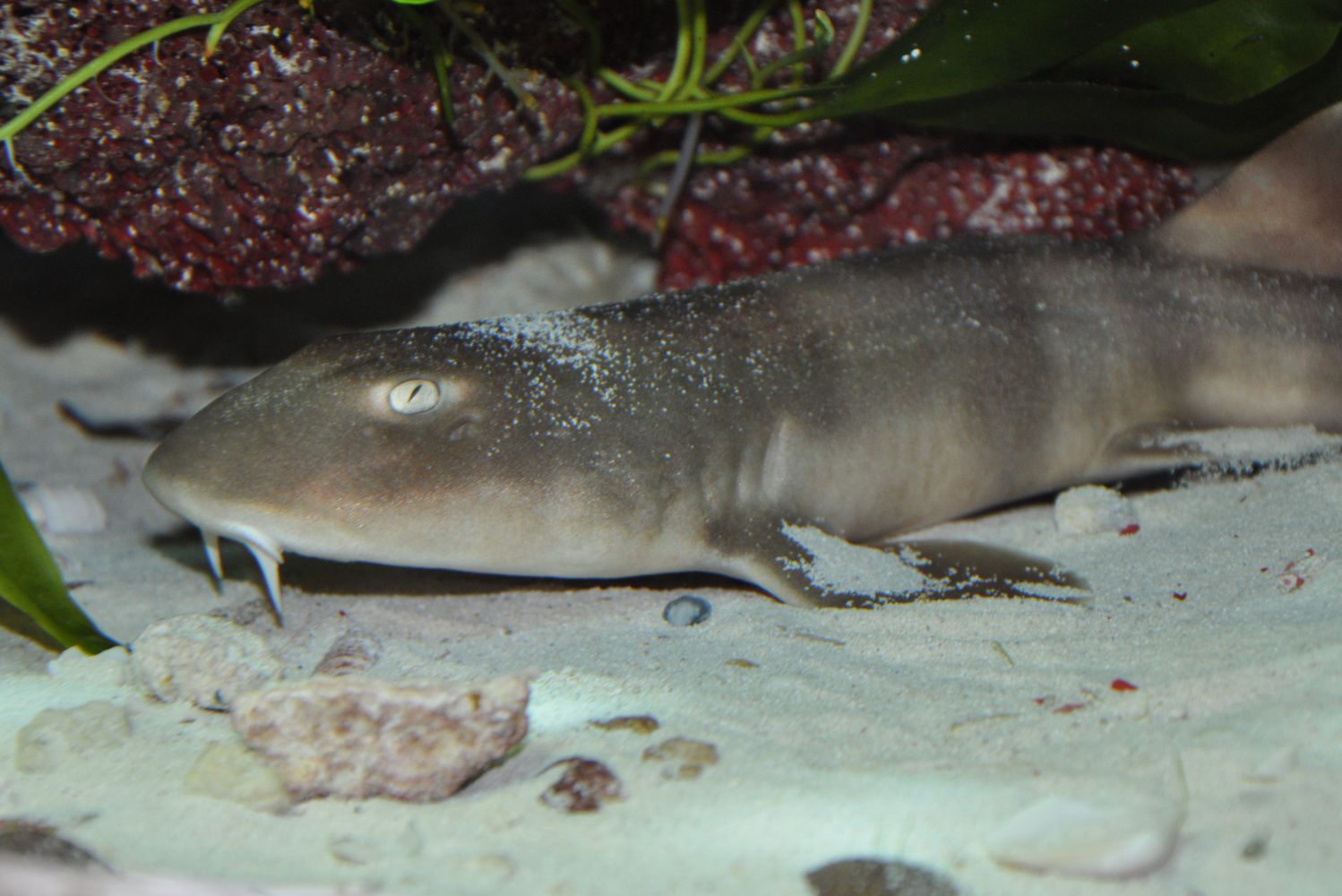
Cranial morphology of the brownbanded bamboo shark Chiloscyllium punctatum
The skulls of our bamboo sharks are shaped specific to their sex. The female cranial region is more robust than that of the male, and there are also differences in the jaw structures. The reason for this could be mating behaviour or differences in diet. Mr. Manuel Staggl described these characteristics in the context of his master's thesis at the Department of Palaeontology at the University of Vienna.
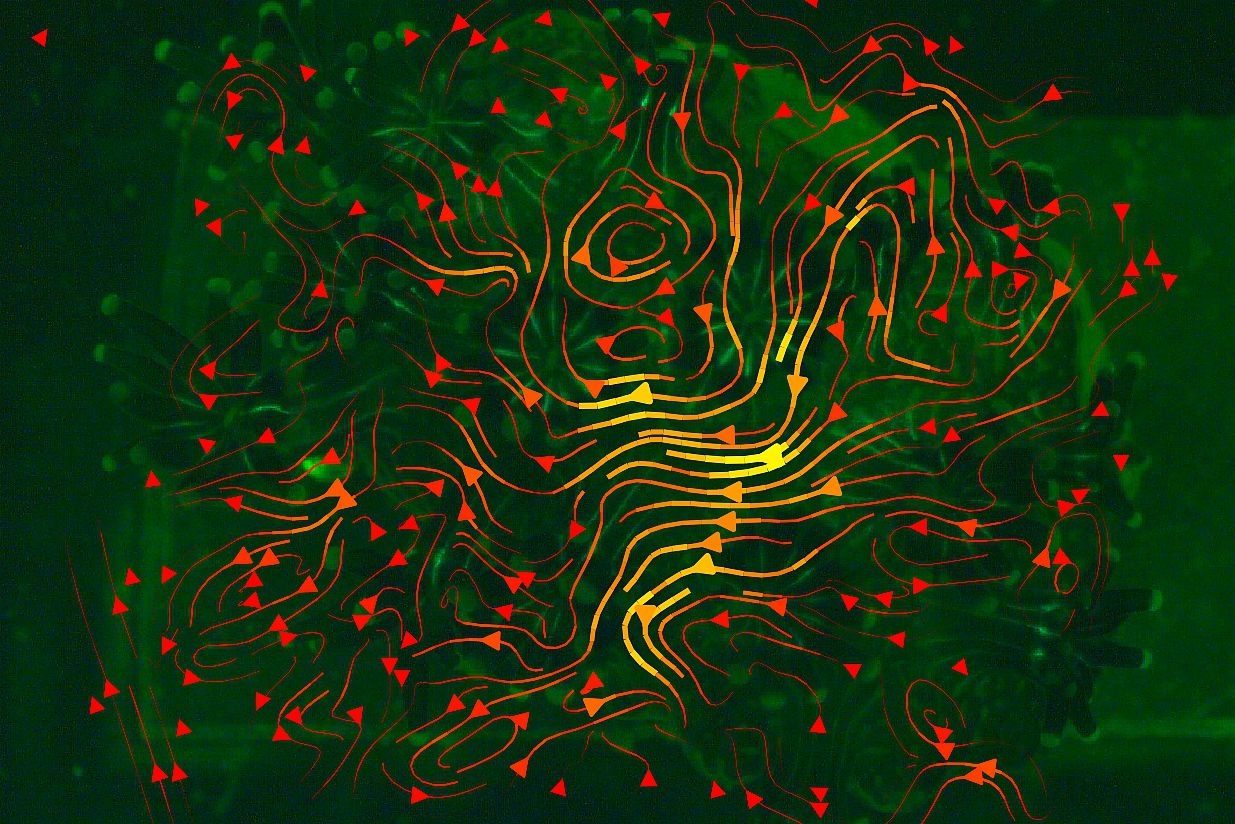
Surface flow patterns produced by reef-building corals
In cooperation with the Medical University of Vienna (Prof. Igor Adameyko), minute currents are examined above and inside coral polyps. They act in the micron range and are produced by the coral polyps themselves with their cilia. Now the current patterns of six reef-building types of corals were described for the first time, leading to a better understanding of coral colonies.
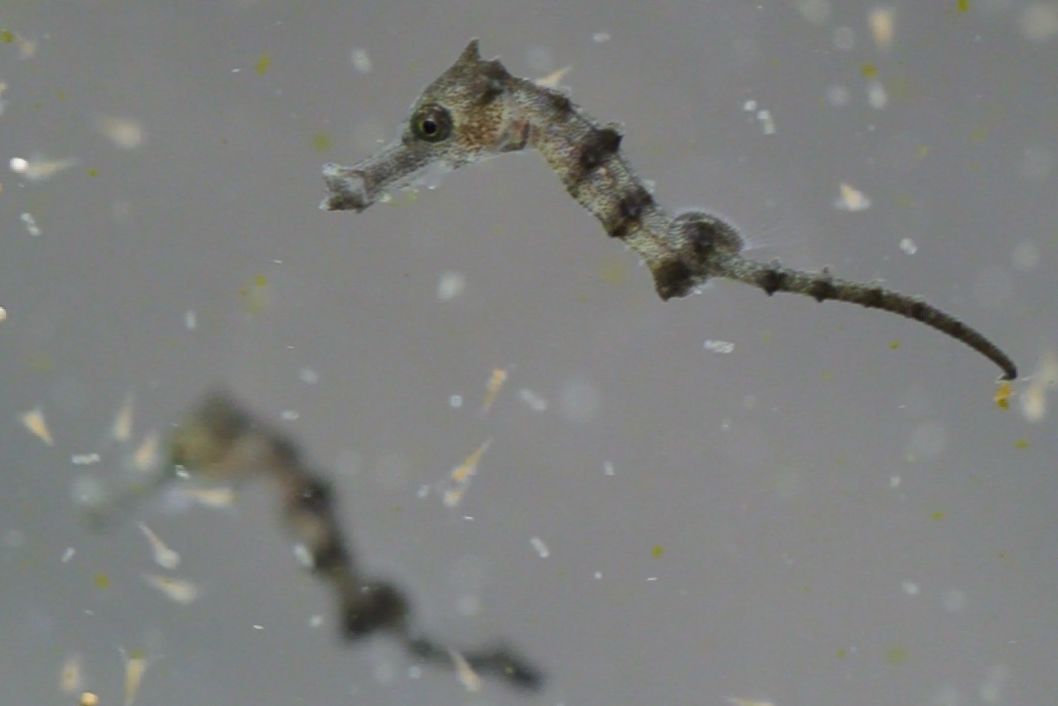
Development of a breeding system for marine animals (seahorses, jellyfish, etc.)
We have been breeding several generations of longsnout seahorses Hippocampus reidi since 2005. For this purpose, we have developed a special system that allows all of the tiny juvenile fish to be fed properly. In the first weeks of their lives they are kept in a 'washing drum' type tank with optimal flow, allowing them to have sufficient food in front of their mouths at any time.
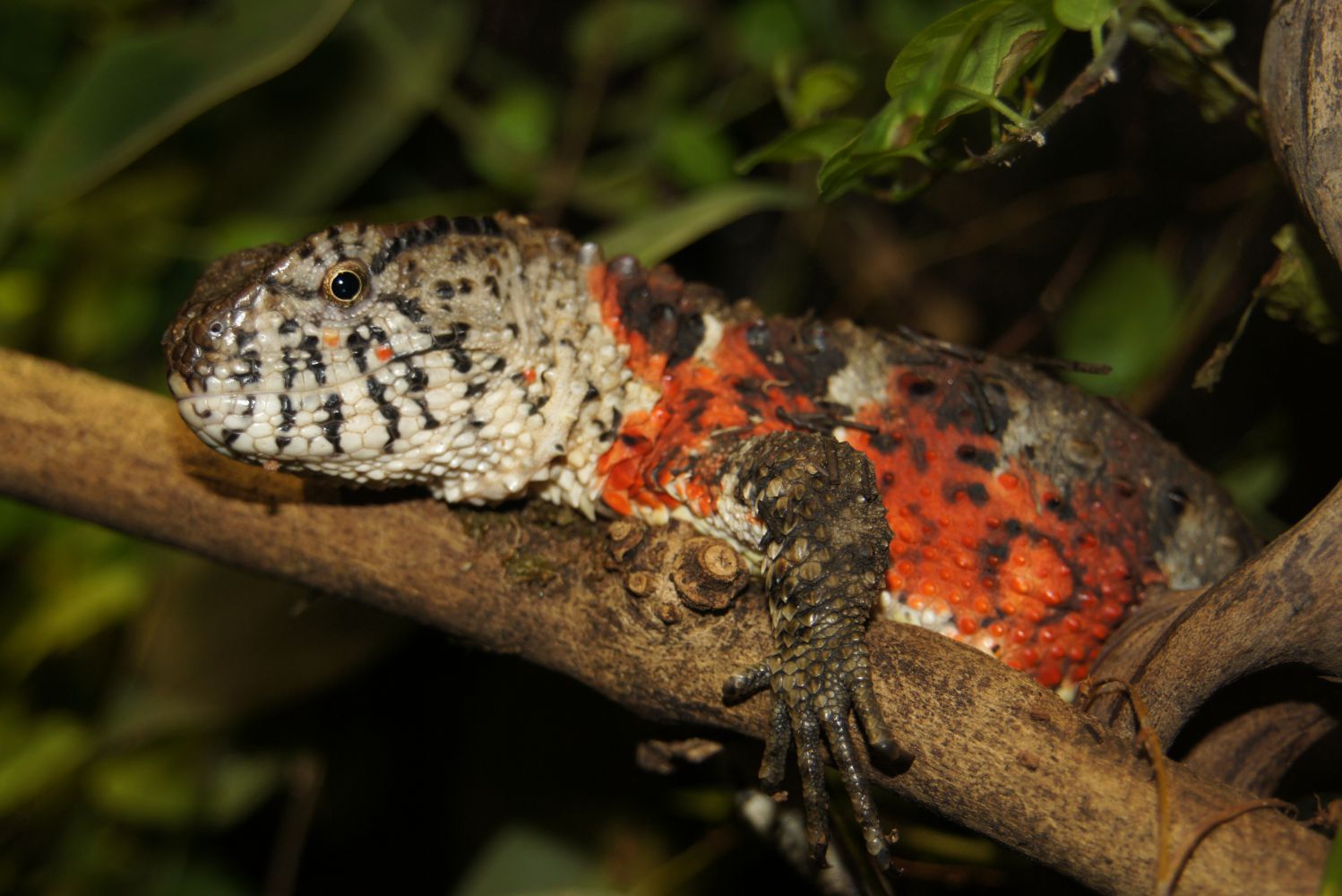
The Chinese crocodile lizard (Shinisaurus crocodilurus)
This small but spectacular lizard has been bred very successfully at the Haus des Meeres for many years. While the species is almost extinct in its native habitats in China and Vietnam, its population in Europe is very stable – thanks to conscientiously coordinated breeding. We have established an extensive breeding group, and due to controlled and systematic breeding, we are at all times able to give away animals and thereby support the population in European zoos.
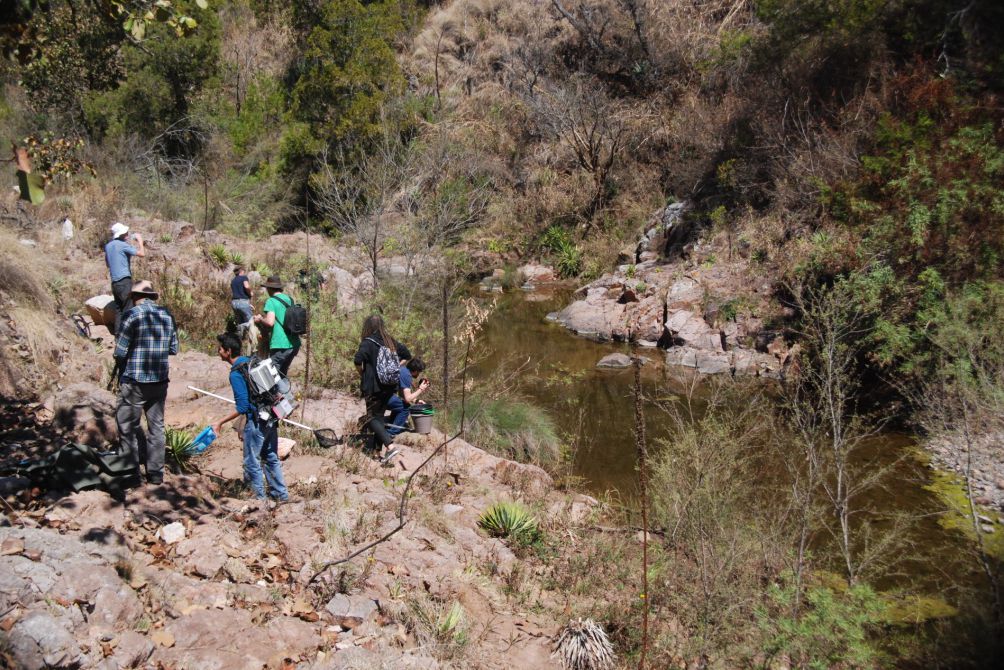
Mexican fish
With regard to conservation breeding activities for goodeinae, employees of the Haus des Meeres visit the native habitat of these fish once or twice a year as part of their research expeditions. There, various water parameters are determined, the habitats are documented and the fish populations are checked. But the focus of such journeys is not just limited to the aforementioned group of fish. It is on all kinds of fish found in Mexico. Results and specimens have been used for research work by universities in Mexico and still are.
There is also a special association called "Haus des Meeres – Science and Research" that serves as a mediator between active research and popular science in the field of aquatic biology. Among other things, it awards annual scholarships for master's studies and a marine protection prize for student research papers in the field of marine biology and limnology and of current marine protection.